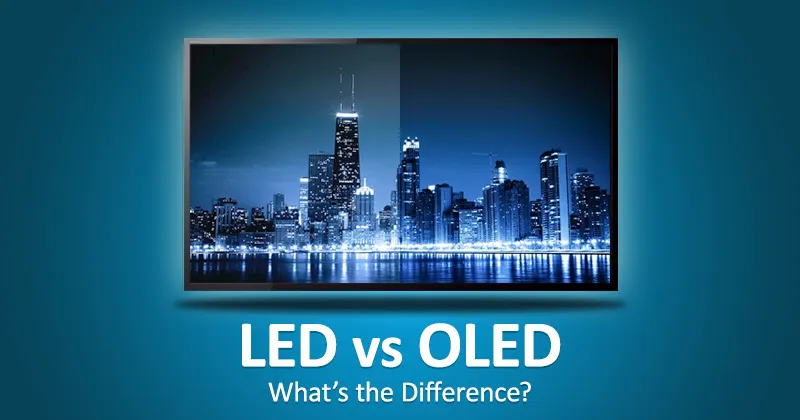 Learn the Differences Between LED and OLED TVs for Your Next Purchase
Learn the Differences Between LED and OLED TVs for Your Next Purchase
In the world of modern technology, televisions have become more than just a box with moving pictures. They have evolved into sophisticated entertainment hubs, providing unparalleled visual experiences to captivate our senses. When it comes to choosing a new TV for your home, the market is flooded with options, and two of the most popular choices are LED and OLED TVs. Understanding the differences between these two technologies is crucial in making an informed decision for your next purchase.
- The Basics of LED and OLED Technology
LED stands for Light Emitting Diode, which is a type of backlighting technology used in most modern LCD (Liquid Crystal Display) TVs. In an LED TV, the screen is illuminated by an array of LEDs placed behind the liquid crystal panel. This backlighting provides the brightness and contrast needed to display images.
On the other hand, OLED stands for Organic Light Emitting Diode. OLED TVs use organic compounds that emit light when an electric current is applied. Unlike LED TVs, OLED TVs don’t require a separate backlight, which allows them to produce true black levels and exceptional contrast.
- Picture Quality
When it comes to picture quality, OLED TVs have the upper hand. Thanks to their ability to control each pixel individually, OLED displays can achieve perfect black levels, resulting in vibrant colors and excellent contrast. This capability creates stunningly lifelike images and enhances the overall viewing experience, especially in dark scenes.
LED TVs, while still providing good picture quality, often struggle to achieve the same level of contrast and black levels as OLED TVs. This is due to the backlighting technology, which can lead to slight blooming or halo effects around bright objects on a dark background.
- Viewing Angles
Another significant difference between LED and OLED TVs is their viewing angles. OLED TVs have an advantage in this area as well. Since each pixel produces its own light, OLED displays maintain consistent picture quality regardless of the viewing angle. This means you can enjoy the same rich colors and contrast from any seat in the room.
LED TVs, on the other hand, may suffer from color and contrast degradation when viewed from off-center angles. If you plan on having multiple viewers or a large seating arrangement, OLED might be the better choice.
- Energy Efficiency
Energy efficiency is an essential factor to consider when making a purchase, especially for eco-conscious consumers. of the screen to save power. This is especially noticeable when displaying bright content, as the majority of the screen remains illuminated while only specific areas are dark.
OLED TVs consume more power because each pixel emits its own light. However, newer OLED models have been optimized to improve energy efficiency without compromising picture quality significantly.
- Price Considerations
Cost is often a decisive factor for many buyers. LED TVs tend to be more budget-friendly compared to OLED TVs, making them a popular choice for those seeking a high-quality TV at a more affordable price point. On the other hand, OLED TVs are considered a premium option, offering top-of-the-line picture quality, but they come with a higher price tag.
Conclusion:
In summary, both LED and OLED TVs have their advantages and are capable of delivering impressive visual experiences. LED TVs are a solid choice for those on a budget, offering good picture quality and energy efficiency. On the other hand, OLED TVs are the go-to option for enthusiasts who prioritize unparalleled picture quality, deep blacks, and exceptional viewing angles, even if it comes at a higher cost.
Ultimately, your choice between LED and OLED will depend on your budget, viewing preferences, and how much importance you place on picture quality. By understanding the differences between these technologies, you can make an informed decision for your next TV purchase and ensure that your entertainment experience at home is truly remarkable.
